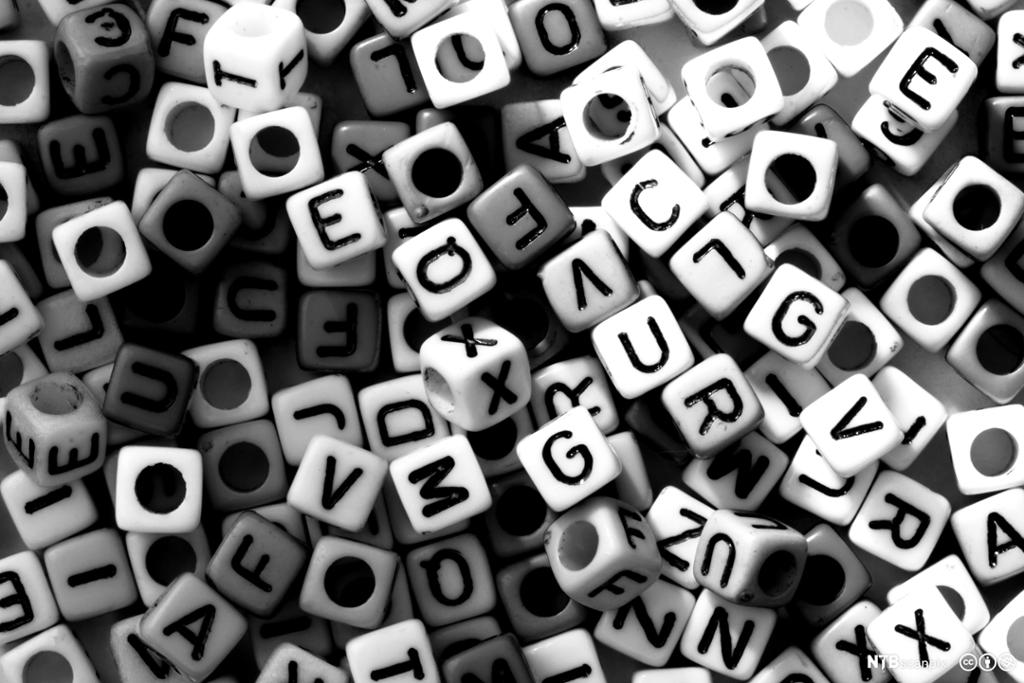Pronouns

Used correctly, pronouns shorten the text and make it easier to read. It is, however, important not to use pronouns with unclear reference. Here is a bad example because we do not know what it refers to.
When I crashed my car into the one in front of me, it was totally wrecked.
These lists give the forms of three groups of pronouns: personal, possessive and reflexive.
subject form | object form |
|---|---|
I | me |
you | you |
he/she/it | him/her/it |
we | us |
they | them |
Possessive pronouns
mine
yours
his/hers
ours
yours
theirs
Reflexive pronouns
myself
yourself
himself/herself/itself
ourselves
yourselves
themselves
Note: The possessive forms my, your, her, his, our, your and their are used in front of a noun. They are therefore not pronouns, but determiners. List number two shows you that the possessive pronouns have no apostrophe. Reflexive pronouns in the plural take the -selves ending, cf. myself – ourselves.
- She has got her car in the garage. Where’s yours?
- I know an old man. He is a friend of mine.
- My feelings do not matter, but what about hers?
- His solution to the problem is just as good as theirs.
- I enjoyed myself at the party.
- She has bought herself a new dress.
Note: Unlike what is the case in Norwegian, a possessive form is preferred when we talk about people’s belongings or body parts.
I hurt my arm. Put the letter in your pocket. Have you washed your hands? Could you keep an eye on my suitcase?
Demonstrative pronouns have a singular form this/that and a plural form these/those.
This/these are used to refer to people, objects and situations that are close to the speaker physically or mentally. That/those are used when people, object or situations are more distant.
- This book is mine and that’s yours.
- Those books belong to the library.
- We don’t think about such things these days
- Those were the days, my friend, we thought they’d never end.
This and that are commonly used to point to material in texts. In this use they are handy shortening devices, but it must be quite clear what they refer to. Below, that picks up material from the clause before, something like ‘[the fact that I’ll be doing a lot of running] will put me back in shape’.
I’ll be doing a lot of running over the summer. That’ll put me back in shape.